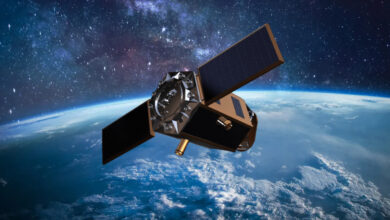NASA’s Spacecraft Abandoned on the Moon Causes Earthquakes!

NASA’s Apollo 17 spacecraft abandoned on the lunar surface was found to be capable of causing earthquakes. But how? Here are the details!
Scientists have made a striking study about Apollo 17 abandoned on the lunar surface. Artificial intelligence was used in the research led by Francesco Civilini from NASA Goddard Space Flight Center.
As a result of the study, it was determined that the Apollo 17 spacecraft caused small tremors known as “moonquakes” on the lunar surface.

Sudden Thermal Moonquake!
Apollo 17 astronauts installed seismometers on the lunar surface. The seismometers, which recorded data from October 1976 to May 1977, made a new development.
Since then, the instruments have recorded four types of lunar earthquakes “deep, shallow, thermal, and caused by meteorite impacts”.
Researchers found new tremors in the data that were not linked to thermal earthquakes, occurring only in the morning. These tremors were found to come from Apollo 17’s lunar landing base, which expanded and vibrated every morning as it was heated by the sun.

These new tremors, called “Sudden Thermal Moonquakes”, are caused by the heating and cooling of the spacecraft.
As a result of the data analyzed using modern techniques, it was emphasized that the tremors are different from thermal moonquakes that occur suddenly.
Although this type of earthquake did not develop naturally, it is considered an important source for the future development of the Moon.






